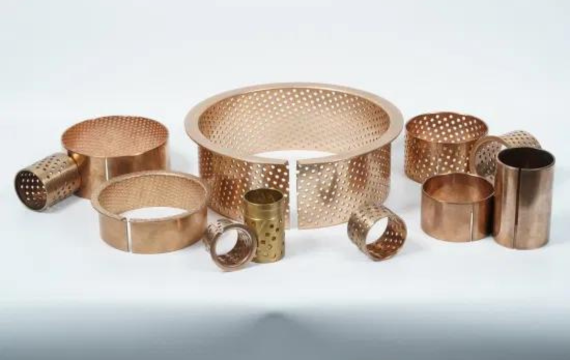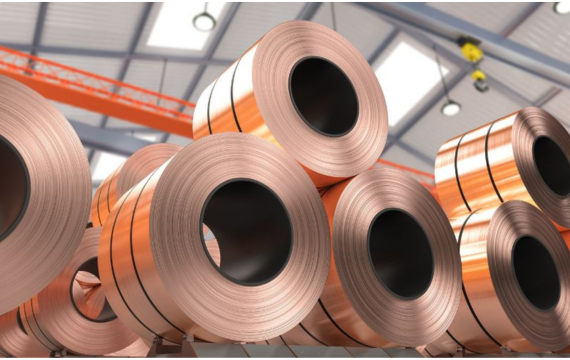If you want to know the density of bronze and factors affecting the real value, then read this article. We shall explore everything about bronze density, then compare it with some popular metals.
Besides, we shall also explore density of different types of bronze. Let’s dive right in:
What is the Density of Bronze in g/cm3?
The density of bronze normally varies from 7.4 to 8.9 grams per cubic centimeter (g/cm3) depending on its composition.
Considering that copper-tin alloy is a base of bronze, the density may significantly differ depending on the impurities and alloys. For instance, the standard bronze with more copper content is denser to a small extent than that with high tin content or other metals.

Comparing Density of Bronze to Other Metals
| Metal | Density in g/cm3 |
| Density of copper | 8.96 |
| Density of tin | 7.31 |
| Tungsten density | 19.25 |
| Silver density | 10.49 |
| Density of zinc | 7.14 |
Density of Different Types of Bronze Alloys
Some common bronze alloys include:
Phosphor Bronze
It is also important to know that phosphor bronze, an alloy that is very strong and resistant to corrosion, has a density of approximately 8.8 g/cm3.
This alloy will be usually applied in springs, bearings, and electrical applications. Due to its high density and good mechanical properties, it is used where strength and resistance to wear are required.
Aluminum Bronze
With a density of 7.7 g/cm3, it is denser than phosphor bronze but provides excellent corrosion resistance, especially in marine environments. It will be useful in propellers, pumps, and valves where strength and corrosion resistivity are highly valued.
Silicon Bronze
Silicon bronze has a density of almost 8.5 g/cm3, which is appreciated for its rather favorable machining properties and corrosion resistance. You will use it in such areas as architectural and arts or electrical connectors and marine hardware since it combines strength and beauty.
Manganese Bronze
Manganese bronze has a density of about 8.4 g/cm3, and it is much stronger and more durable as compared to other kinds of metals. This alloy is often applied to load bearing applications such as gears, busheds, and bearings for heavy duty uses.

Factors Affecting Density of Bronze
· Composition of Alloy
Bronze density depends on the percentage of copper, tin, and other elements that are added to the bronze mixture. Copper with more quantity in it adds up to the density, while such metals as aluminum or silicon lessen it.
Changing the composition of the alloy by adding or removing elements will affect the density and thus change its properties in terms of strength to weight.
· Alloying Elements
This means that the addition of metals such as aluminum, silicon, or phosphorus has an impact on bronze’s density. For instance phosphor bronze demonstrates a higher density in comparison with the density of aluminum bronze.
Knowing how these elements affect the density assists in choosing the right alloy for strength and performance in dealing with corrosion.
· Manufacturing Process
Because of possible defects resulting from casting, forging, or extrusion, the density of the resultant bronze varies slightly. By controlling these processes, you can get the uniform density, which is critically essential to meeting the performance criterion for your bronze components.
· Temperature and Cooling
Fluctuations in temperature while manufacturing impact the density of bronze. When the temperature rises, the metal expands, and when the temperature is lowered, the metal contracts, thus having a higher density. When it is being done in the control of temperature and cooling rates, it is possible to control the final density of the alloy.
FAQ
1. Is Bronze more Dense than Brass?
In general, the density of bronze is higher than that of brass, but the composition of the alloy plays a great role in this case. Bronze density varies from 7.4 to 8.9 g/cm³, while brass, an alloy of copper and zinc, typically has a density between 8.4 and 8.7 g/cm³.
Conclusion
The density of bronze depends on the kind of alloy and the method of its production. Understanding these factors helps you to choose the right type of bronze for your application and performance conditions.
More resources:
Melting Point of Bronze – Source: KDM
Bronze Fabrication – Source: KDM
Bronze – Source: WIKIPEDIA




